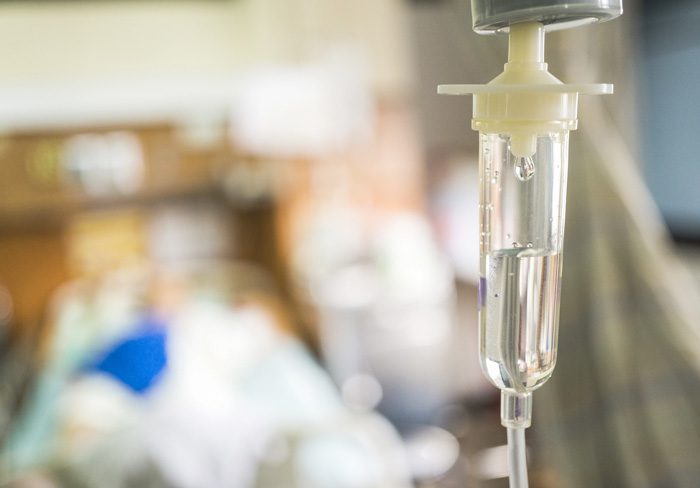By Cristina Utti MA, MFA
We all are well aware that death by drug and/or alcohol overdose, whether accidental or suicidal, happens all too often and the number of deaths in the United States is only getting higher.
What we do not hear about as often is what happens when an individual goes cold-turkey off of heroin or alcohol. If an individual is physically addicted, this can be as life-threatening as overdose. This is why medically assisted detox is necessary in some cases. Medication-assisted treatment is treatment for addiction that includes the use of closely monitored medication to reduce withdrawal symptoms, along with counseling and other types of support. Treatment that includes medication is often the best choice for those with alcohol or opioid addiction.
Heavy drinkers who suddenly stop drinking can experience life-threatening withdrawal symptoms depending on how much and how long they have been drinking. Symptoms can begin as soon as a few hours after the last drink.
These symptoms are:
- Sweating
- Nausea
- Vomiting
- Headache
- Shakiness
- Insomnia
Between 12 to 24 hours after the last drink, some people may experience hallucinations. Withdrawal seizures are common in the period of 24 to 36 hours after the last drink. These are very dangerous and can be fatal. DT’s (delirium tremens) usually occur between 48 and 72 hours after a person has stopped drinking and peak on the fifth day.
Symptoms of DT’s include:
- Hallucinations
- Profuse sweating
- Racing heart
- Low fever
- Disorientation, confusion, and severe anxiety
- Severe tremors
The withdrawal symptoms from heavy alcohol use can be avoided with the use of closely monitored medications. It is not safe to withdraw from alcohol at home. Medications commonly used for alcohol withdrawal are benzodiazepine, lorazepam, olanzapine, and haloperidol. The best course of action is to enter into a residential treatment program where medications and detox can be safely monitored.
Due to the rise in opioid dependence and abuse, the FDA has approved three medications for use in medically assisted detox programs.
The medications work by interacting with some of the same receptors in the brain that are triggered by opioids. The types most commonly used are: agonists, partial agonists, and antagonists. Oral agonists produce effects that come on slow and are long-lasting. Partial agonists work the same as full agonists, but are less intense and weaker. Antagonists work by blocking the receptors.
The three medications used are:
- Methadone – methadone is an agonist that helps with withdrawal symptoms and blocks the effects of heroin at higher doses.
- Buprenorphine – buprenorphine is a partial agonist that suppresses withdrawal symptoms.
- Naltrexone – naltrexone is an antagonist that blocks opioid receptors so they cannot be activated.
A successful medically assisted detox typically lasts between one week and a few months, depending upon the individual and the severity of the addiction. Many people can and do overcome addictions and go on to lead happy, healthy lives. If you or someone you care about is struggling with addiction to alcohol or opioids, the safest route is to get into residential treatment as soon as possible to withdraw in a safe, monitored environment.
Suffering from alcohol or drug addiction? Contact The Ranch at Dove Tree today at 806.307.2003.






